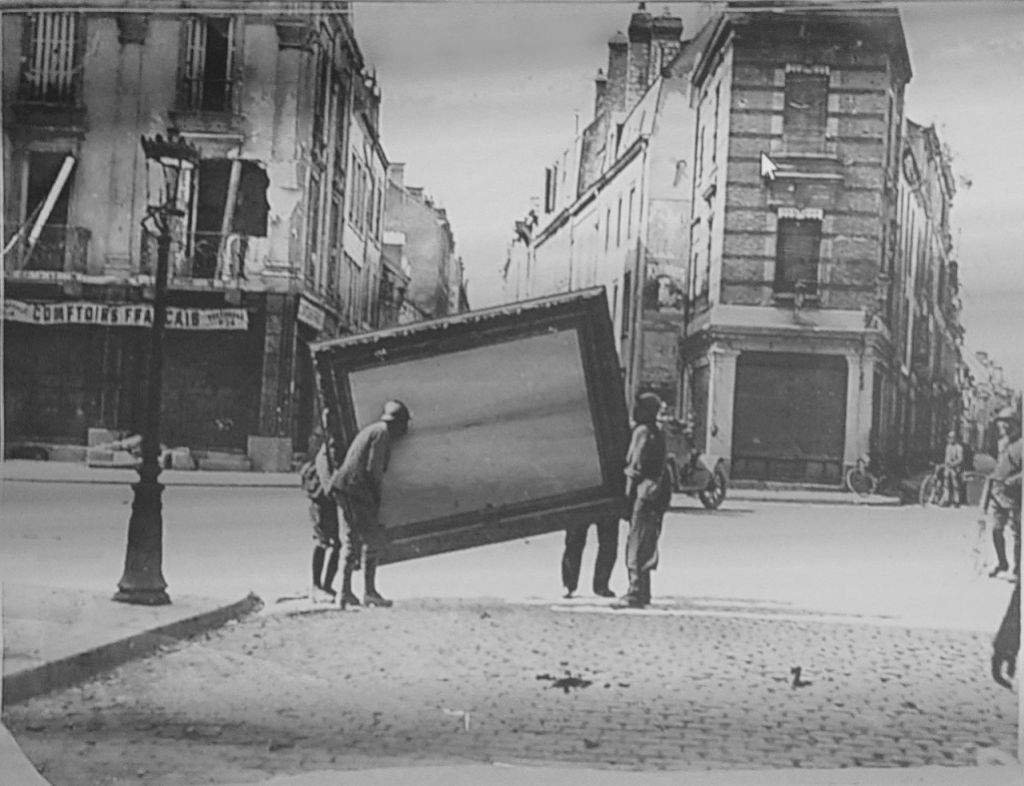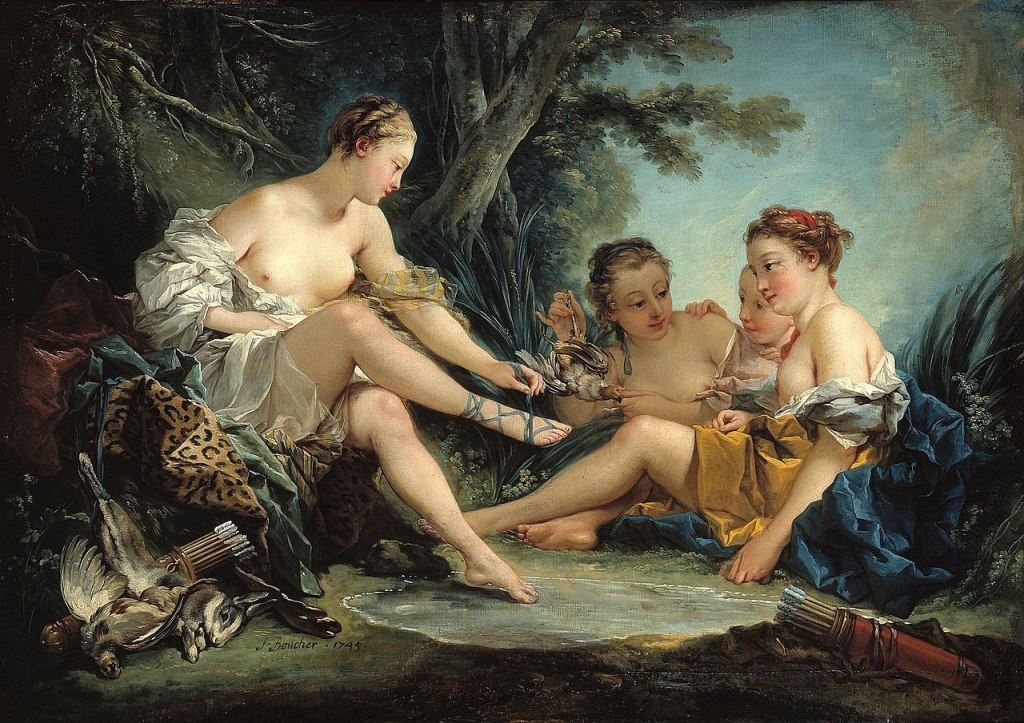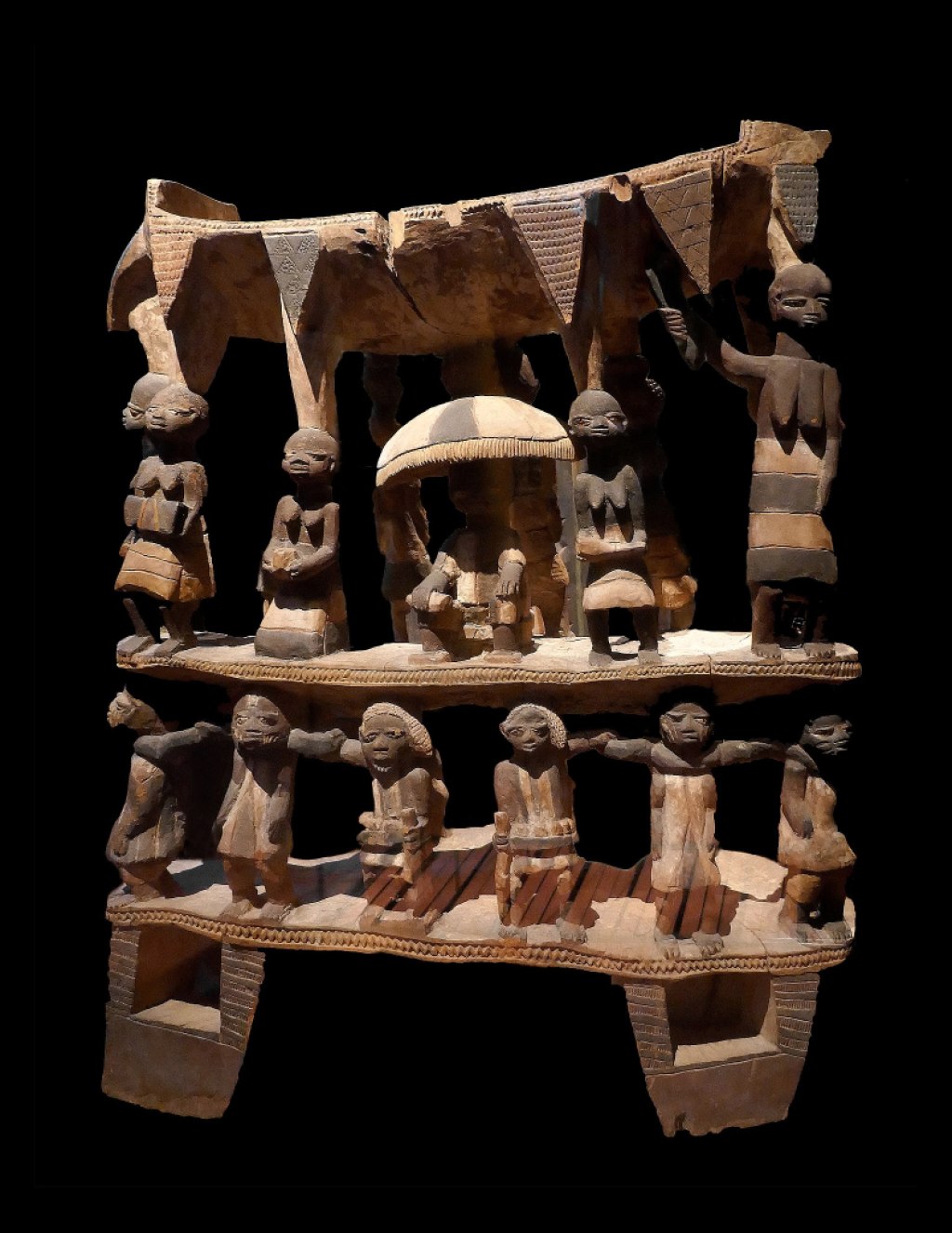The theme of this year’s International Museum Day is “The Future of Museums: Recover and Reimagine,” focused on exploring new business models for cultural institutions; practices of (co-)creation of value; and solutions for the social, economic, and environmental challenges of the present. To help inform this conversation, I interviewed several GLAMs (Galleries, Libraries, Archives, and Museums) that recently went open access to learn from their experiences.
2020 was not an easy year for anyone. With the COVID-19 pandemic, many economic sectors, from different countries, felt a retraction. One of the most affected sectors was culture, since most museums and libraries had to close their spaces to visitors. Even museums that enjoy a high level of government support, still depend on exhibition ticket sales and secondary spend in their shops and cafes to meet their costs.

Unable to open their doors, museums had to rethink their priorities, seek audiences through other channels, and accelerate their digital transformation. Open GLAM and Wikimedia networks were contacted in 2020 by more institutions wanting to know how to share their collections to extend their reach. However, not every institution was able to respond to the challenges of the pandemic in this way. Looking at Douglas McCarthy and Dr. Andrea Wallace’s Survey of GLAM open access policy and practice, I found that most of the institutions that went open in 2020 were from the Global North, especially from North America and Europe, in countries such as France and Germany. I found only one institution from the Global South, or from the considered emerging countries, that released their collections as open access in 2020. DAG Museums in India contributed 13 artworks and are planning to share more soon.
I wanted to find out more about what it takes for a museum to go open during a pandemic, so I contacted the institutions included in the survey. For Biblioteca Nacional de España, which released millions of items in November 2020, “the COVID-19 crisis moved us to take the final decision.”
However, the adoption of an open access license is underpinned by years of digitization and rights research, work that needs to be carried out on location with collections. All of the other institutions I interviewed either opened their collections just before the pandemic or, at least, had already planned to do it. Some were also guided by governmental policy changes, which shows the level of advocacy required. The Musée des Beaux-Arts de Reims adopted open access as part of the Musées de Reims cohort, and the Musée Cognacq-Jay, which released 70% of their collections under a CC0 license, followed the initiative of the digital team for Paris Musées, in which more than 150,000 items from their 14 museums were shared as public domain.

The Augustinermuseum, in Germany, which is also part of a municipal museum federation comprising five museums, started the discussion and planning for open access in 2016, but only really opened the collection on January 31st, 2020.
“It was possible to launch the digital collection in January 2020, the ‘right’ time before the COVID-19 pandemic affected our lives. It helped us a lot to stay visible during the museums’ closedown and make our digitization affords visible. We also had a real peak of users during the first lockdown.”, said Jochen Dietel, from the Augustinermuseum Department of Documentation and digital projects.
Archives of Ontario, in Toronto, Canada, had a similar path, but with Wikimedia outreach too. The institution started a ‘GLAM-Wiki initiative’ in October 2020, but their plans preceded the pandemic, as a strategic effort to improve their digital capacity and expand audiences online. However, as Danielle Manning, Outreach Officer from the institution, said: “With our public facility closed, we focused more attention on digital projects that could be done by staff working from home—including our GLAM-Wiki initiatives.”
Other institutions prioritized Wikimedia projects as a work-from-home activity during the pandemic. With the support of Wikimedia UK, 70 staff at the National Library of Scotland used Wikisource to transcribe 3,000 chapbooks. Library staff reported enjoying the work and were gratified that the project brought an important collection to a broader audience.
Since the launch of their initiative in October 2020, the Archives of Ontario has shared approximately 2,000 images, from four different collections. The items were chosen if they had already been digitized, had an appropriate copyright status, were considered to be significant, and were popular among students and other researchers. They also prioritized the representation of black, indigenous, and people of color communities, from diverse Ontario locations. Finally, they considered whether the subject matter would lend itself to Wikipedia articles, to increase the use and exposure of the uploaded images. One of the opportunities from open access, as the Creative Commons Certificate for Educators, Academic Librarians and GLAM highlights, is the fact that it gives more visibility to institutions and their collections. As Augustinermuseum put it, “We are more visible, have much more inquiries on our collection, and also get feedback and additional information about our collections.”
Since sharing their open access images in Wikimedia, the Archives of Ontario has seen a huge increase in viewership for their collections, reporting that their images received close to 1.4 million views from April 2020 to March 2021. But it’s not just about views, it’s about inviting the public to put the collection to their own use. The Smithsonian, which released 2.8 million 2D and 3D images into the public domain shortly before the pandemic in their Open Access initiative, reports that, “We were not disappointed. We saw individuals producing film, writing poetry, making student projects, and creating data visualizations… It was truly inspiring and helped us see the collections we steward a little differently.”
There was also evidence in 2020 of museums thinking critically about open access. Wien Museum launched with a mix of CC0 and CC-BY. CC0 because they want to ‘make knowledge about the museum’s objects as easily and comprehensively available as possible.’ But for images of 3D objects, they chose CC-BY because they wanted to ‘show appreciation’ for their museum colleagues working in photography.
The Nasjonalmuseet, in Oslo, Norway, changed their license from CC BY-NC, introduced in 2015, to CC-BY in November 2020, encompassing 75% of their objects (33,000 items). With more experience in the open access movement, they wanted to adopt an even less restrictive license.
Augustinermuseum wanted to release all of their collections as open access but they felt less confident applying licenses to objects acquired in colonial contexts. They see the museum as “the preserver, rather than the owner” of such objects. In the absence of well agreed international guidelines, they followed the approach of other ethnographic collections in Germany. They noted that the best solution would have been to co-develop a policy with source communities, like the Auckland War Memorial Museum and Museum of Auckland have done, but regretted that they didn’t have the resources to engage the many communities connected to a collection as diverse as their own. I expect to see more discussion of how decolonization intersects with open access, such as this recent seminar with Wikimedia Finland, Creative Commons, and the Wikimédiens du Bénin User Group.

While I didn’t see much of a COVID-19 effect on open access adoption in 2020, because there is a lot of work between initiating a conversation and releasing the collection, I wonder if the effects of this period of closure and refocus will be seen in the years to come.
Giovanna Fontenelle is a Program Officer on the GLAM and Culture team at the Wikimedia Foundation

Can you help us translate this article?
In order for this article to reach as many people as possible we would like your help. Can you translate this article to get the message out?
Start translation